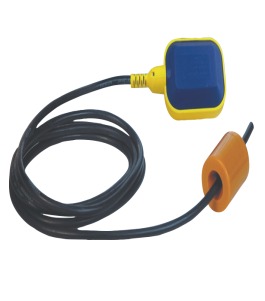Sale!
Float Switch
Original price was: KSh 1,500.00.KSh 900.00Current price is: KSh 900.00.
A Float Switch is a device used to detect the level of liquid in a tank, reservoir, or container. It operates by floating on the surface of the liquid and actuates a switch when the liquid reaches a certain level. Here’s an in-depth description:
Key Features of a Float Switch
1. Design and Construction
- Float Mechanism
- Switch Activation
- Material
2. Types of Float Switches
- Mechanical Float Switch
- Magnetic Float Switch
- Vertical or Horizontal Mounting
3. Operating Modes
- Normally Open (NO)
- Normally Closed (NC)
4. Adjustable Levels
5. Electrical Compatibility
Applications
- Water Tanks
- Industrial Use:
- processing, and food production.
- Marine and Automotive
- Irrigation Systems
- Sump Pumps
Benefits
- Automation
- Efficiency
- Safety
- Versatility


Reviews
There are no reviews yet.